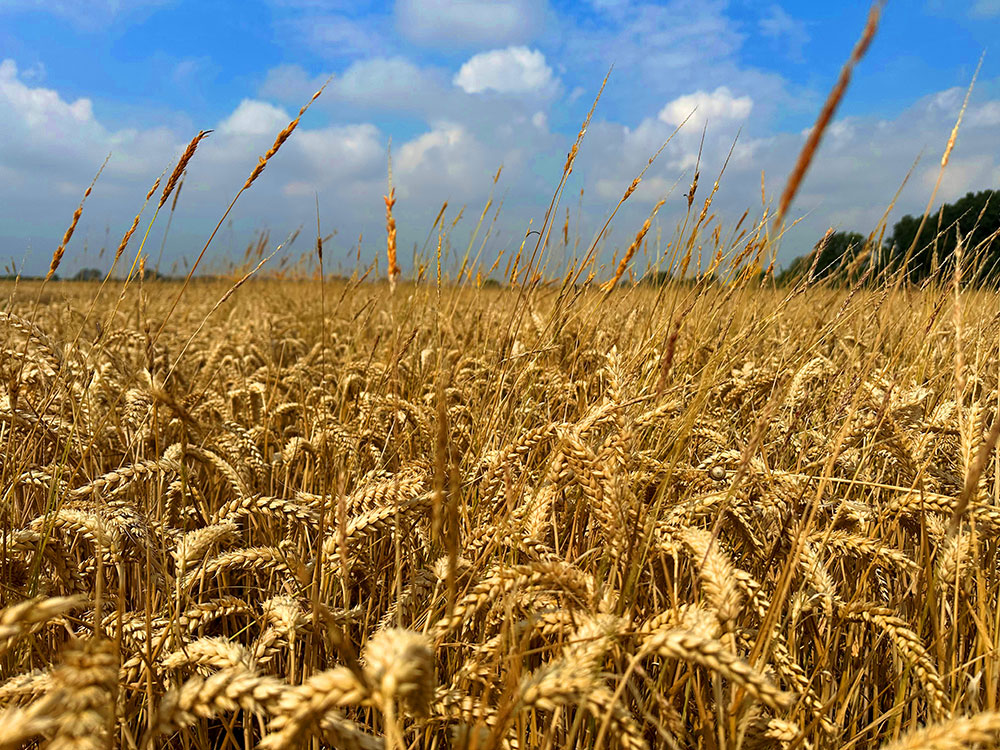With the need to use inputs as effectively as possible in modern crop production, the impact of cultivation choice and blackgrass control method can have a major effect not just on the profitability of a farming business, but also its carbon footprint.
“Over the years at Stow Longa, we’ve learned a huge amount about rotations, crop establishment and blackgrass control, with the sustainability agenda increasingly affecting the way we look at our cropping,” says Agrii seed technical manager John Miles.
“But one thing it is impossible to get away from is the importance of yield in the equation and this is very much the case when looking at nitrogen use efficiency (NUE) and carbon.
“While it’s often assumed reduced cultivations will result in less fuel consumed and a correspondingly lower carbon footprint than plough-based approach, making a direct drill system work effectively means this is not always the case.
“They can be much closer than many think and this was certainly the case on Stow Longa’s heavy soils when several passes of a straw rake, combined with a low-disturbance sub soiler, were factored in.
“Using information supplied by equipment manufacturers, diesel use estimates were 25 litres/ha for ploughing and 17 litres/ha for direct drilling using an LD leg and straw rake, with fuel for drilling on top of this.

Importance of yield
The results become more interesting when looking at yields and CO2e per tonne of production, he points out.
“We used greenhouse gas figures from ADAS Yen Zero, which pitches the ploughing option as the worst in terms of greenhouse gases/ha at around 1350 kg/ha compared to direct drilling at 372 kg/ha – which is a big difference.
“But with a spring barley yield of 9t/ha for ploughing, for example, the carbon is 155 kg/t whilst it is 176 kg/t for the direct drilling approach with its lower yield of 6.5t/ha – much closer and much more relevant when it comes to grain marketing options.
“Early results from 2024, however, suggest use of the low disturbance subsoiler, used in good conditions, with a stubble rake and a more successful cover crop, have reduced the yield difference between ploughing and direct drill approaches to around 0.4t/ha.
“So, it will be interesting to see how this affects the carbon footprints – we’ve closed the yield gap but we’ve used more diesel, too.” There are many lessons still to be learned from Stow Longa and it remains an invaluable tool in the company’s R&D armoury for the future, John Miles believes.
“With nitrogen being such a large component of both the cost and carbon footprint of crop production, Stow Longa’s findings of the effects of blackgrass on NUE, for example, are extremely compelling.
“We know every 100 ears/sq m of blackgrass results in a yield loss of 1t/ha, so it’s a double whammy to realise your costly nitrogen applications are feeding this, too.
“In spring barley crops with little blackgrass we’ve seen yields at Stow Longa of 9t/ha from about 120kg N/ha which equates to an NUE of over 90%.
“Others with higher blackgrass levels, but the same level of nitrogen application, have produced a yield of 6t/ha resulting in an NUE of little over 60%.
“So, the bottom line is whether it is optimising profitability, carbon footprint or NUE, achieving high yields is still an incredibly important objective.”



